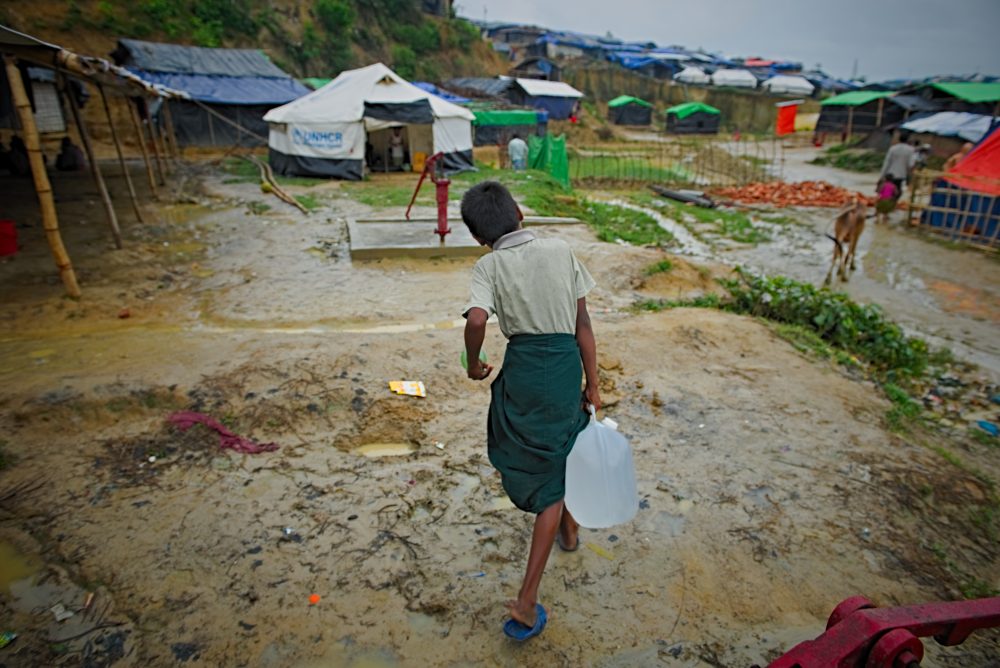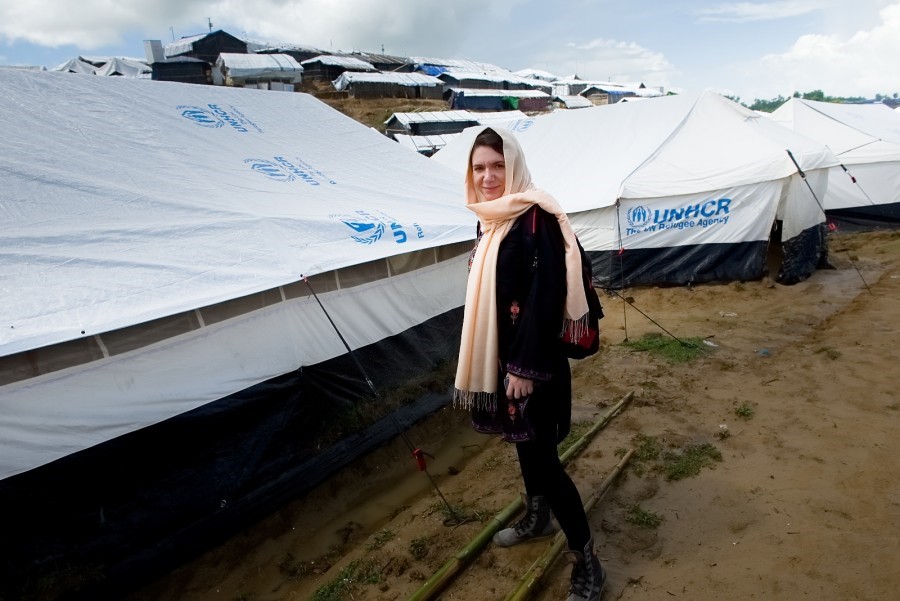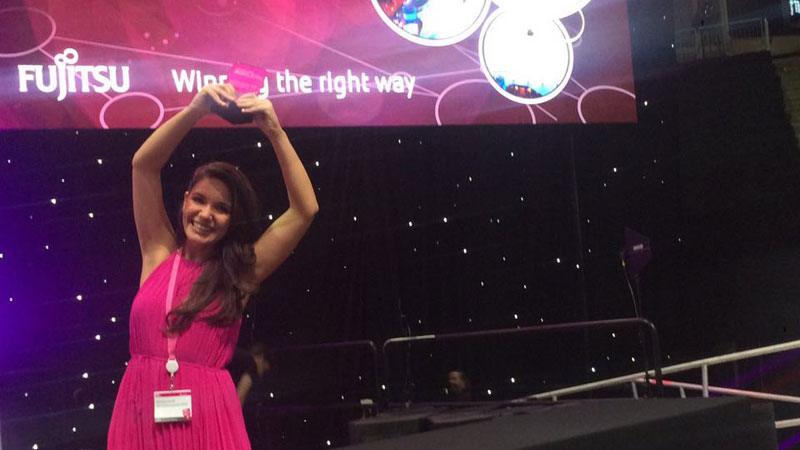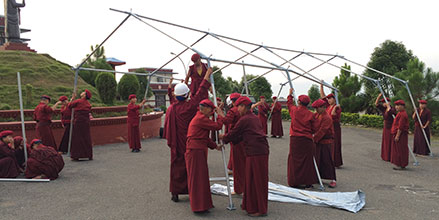Rapid Response Strategy (RRS)
Our award-winning emergency response approach
Natural disasters and health epidemics are unpredictable. When disaster strikes, our job is to immediately activate the supply chain and enable humanitarian aid organizations to efficiently receive and distribute vital aid to the affected communities. We do this through our award-winning Rapid Response Strategy (RRS) by mobilizing our stock from the emergency warehouses and carrying out field assessments.
UPS International Disaster Relief Award by Business in the Community
At NRS Relief, our aim is to effectively assist affected populations through our holistic RRS approach that respects local needs and communities. In April 2015, when Nepal faced a complex disaster from a devastating earthquake that hit the mountainous country, we witnessed our multipurpose tents being put to inspirational use at the prominent Amitabha monastery, making a difference to the lives of 300 nuns. This was just one small part of a much more comprehensive response.
We work hand in hand with global aid agencies and local NGOs on the ground to ensure a successful and fast supply chain of high quality shelters and life-saving core relief items. As a result of this integrated and immediate response approach, we were shortlisted for the 2016 UPS International Disaster Relief Award hosted by Business in the Community. The award recognized businesses that make a unique contribution to addressing international disasters and help communities to prepare for, respond to and recover from disasters.
Our four-pronged approach
1. Formation of 24/7 rapid response taskforce
- Mobilizing internal support team
- Data collection and initial situational analysis
2. Field assessments
- Understanding how to optimize our intervention
- Learn about challenges faced by aid agencies who are responding
- Provide technical advice to shelter coordinators
- Identify best logistical approach
3. Logistical support
- 80% of humanitarian support is logistics
- Mobilizing our emergency stock from Pakistan and Dubai
- In-house logistics team for professional support
- Shipment by air (including emergency charters), land and sea
4. Build community resilience
- Develop partnerships for emergency response
- Support post-disaster initiatives.
Rohingya crisis – the world’s fastest growing refugee crisis
The Rohingya refugee crisis is one of the fastest moving and largest refugee emergencies in the world, with thousands of people fleeing sudden and cruel violence in Myanmar. In less than five months, more than 700,000 people reached Bangladesh.
The exodus began in August 2017, when violence broke out in Myanmar’s Rakhine State. The vast majority of Rohingya fleeing to Bangladesh are women and children, including newborn babies. Many others are elderly people requiring additional aid and protection. Over half of the new arrivals have sought shelter in and around the existing refugee camps and in makeshift sites that existed before the influx. The largest refugee camp in Bangladesh is Kutupalong, but limited space caused spontaneous settlements to spring up in the surrounding countryside and nearby Balukhali as refugees kept arriving.

“We work hand in hand with humanitarian aid agencies to ensure a successful and fast supply of high quality shelters and life-saving core relief items.” – Martina Aureli, Sales & Business Development Manager – Asia & Oceania

Field assessment visit by Ms. Aureli in Kutupalong camp, Cox’s Bazar, Bangladesh, October 2017
From the field
In October, Ms. Aureli conducted a field assessment in Cox’s Bazar to better understand how to optimize our intervention, learn about the challenges encountered by the organizations in the field and to identify the best logistics solutions to facilitate the supply chain.
According to Ms. Aureli, in her blog about the recent field assessment in Cox’s Bazar:
“When I visited Kutupalong and Balukhali camps, I observed the living conditions of the refugees and I was reminded once more how indispensable the availability of quality relief items in emergency settings is. I was accompanied by a local, aid worker from Cox’s Bazar and a professional photographer, who happens to be a passionate advocate of human rights. With their support, I was able to interact with the beneficiaries of our products, listen to their stories and gather feedback on their existing needs in terms of food, health and shelter. Thousands of robust poly-cotton family tents, many of which were our Viva Family Tents supplied by us, became their new homes. In Kutupalong camp, appropriate shelter means protection, dignity and safety. As a leading manufacturer of relief goods, I believe we have the responsibility to share the message that quality means appropriate assistance and effective response.”
Relief products supplied
Despite logistical challenges, we managed to get the much-needed relief items to Bangladesh using air and sea transportation:
- more than 100,000 thermal blankets
- more than 200,000 sleeping mats
- 60,000 tarpaulins
- 36,000 water containers
- 21,000 long-lasting insecticidal nets (supplied by our sister company TANA Netting)
- 4 mobile storage units.










